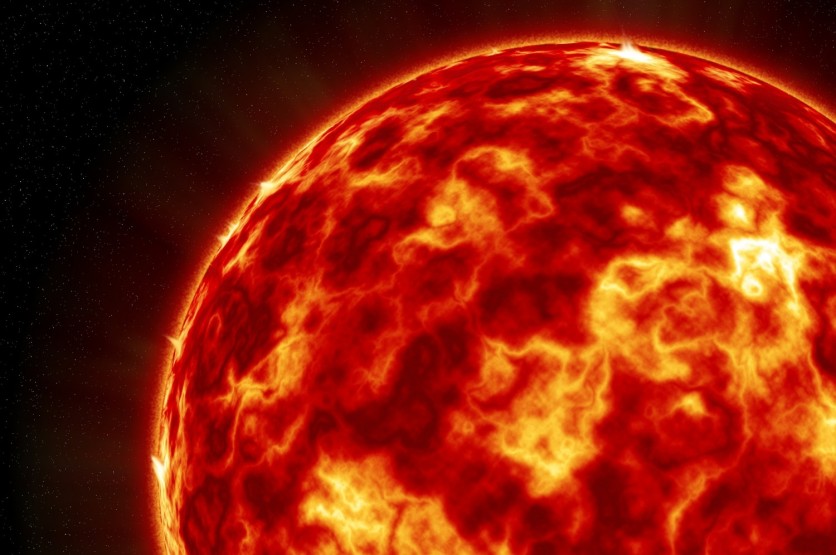NASA's OSIRIS-APEX spacecraft recently undertook a daring journey, getting closer to the sun than ever before. This maneuver, completed on January 2, saw the spacecraft approach within 25 million miles of the sun, a proximity far closer than it was initially designed to endure.
Mission engineers, however, were optimistic about OSIRIS-APEX's resilience. Their models predicted that the spacecraft and its components would withstand the intense heat and radiation.

Did NASA's OSIRIS-APEX Come Unscathed After Traveling Close to the Sun?
After a tense few months, the team confirmed in mid-March that OSIRIS-APEX had indeed emerged from that experience unscathed. This confirmation came after downloading stored telemetry data and conducting a series of tests on the spacecraft's instruments in early April, once it was a safe distance from the sun to resume normal operations.
NASA noted that during the Sun approach, OSIRIS-APEX was placed in a fixed orientation relative to the sun, and one of its two solar arrays was repositioned to cover the most sensitive components. This positioning protected the spacecraft's vital parts from the sun's intense heat.
OSIRIS-APEX follows an elliptical orbit around the sun, bringing it to a point of closest approach, or perihelion, approximately every nine months. The spacecraft will undertake several perihelions closer to the sun than its components were initially designed to handle to align its trajectory for a planned meeting with the asteroid Apophis in 2029.
According to NASA, the team's predictions had been accurate, and some unexpected benefits were observed during the testing of the spacecraft's components.
One such surprise was the performance of a camera aboard the spacecraft. This camera, previously used to map asteroid Bennu and slated for use at Apophis, showed a 70% reduction in "hot pixels." These hot pixels, common in space cameras exposed to high-energy radiation, usually appear as white spots in images.
The team believes that the intense heat from the sun resets these pixels through a process called annealing, which restores the instruments' functionality and is sometimes intentionally induced via built-in heaters on spacecraft.
The spacecraft's visible and near-infrared spectrometer, which maps surface compositions, also showed improvement. Before the close pass, a rock from Bennu was lodged in the spectrometer's calibration port, possibly blocking sunlight post-sample collection in October 2020.
Post-sample collection maneuvers and engine burns seem to have dislodged the rock, restoring the instrument's functionality. Scientists aim to recheck the spectrometer during OSIRIS-REx's Earth flyby on September 25, 2025.
Read Also : NASA's OSIRIS-REx Mission Surpasses Its Goal of Bringing 60 Grams of Asteroid Bennu Sample to Earth
Apophis 2029 Rendezvous
Now that OSIRIS-REx is functioning normally, it progresses toward Apophis for a planned 2029 rendezvous. Despite its success at the first close perihelion, engineers remain vigilant.
The spacecraft must undergo five more close solar passes, and three Earth gravity assists in reaching its destination. However, concerns remain over the cumulative effects of these six closer-than-intended perihelions.
According to NASA, the upcoming perihelion on September 1 will bring OSIRIS-REx within 46.5 million miles of the sun and well inside Venus's orbit.
"It's phenomenal how well our spacecraft configuration protected OSIRIS-APEX, so I'm really encouraged by this first close perihelion pass," said OSIRIS-APEX's mission systems engineer Ron Mink.
Related Article : NASA Captures the Most Intense Solar Storm in 20 Years

ⓒ 2025 TECHTIMES.com All rights reserved. Do not reproduce without permission.




